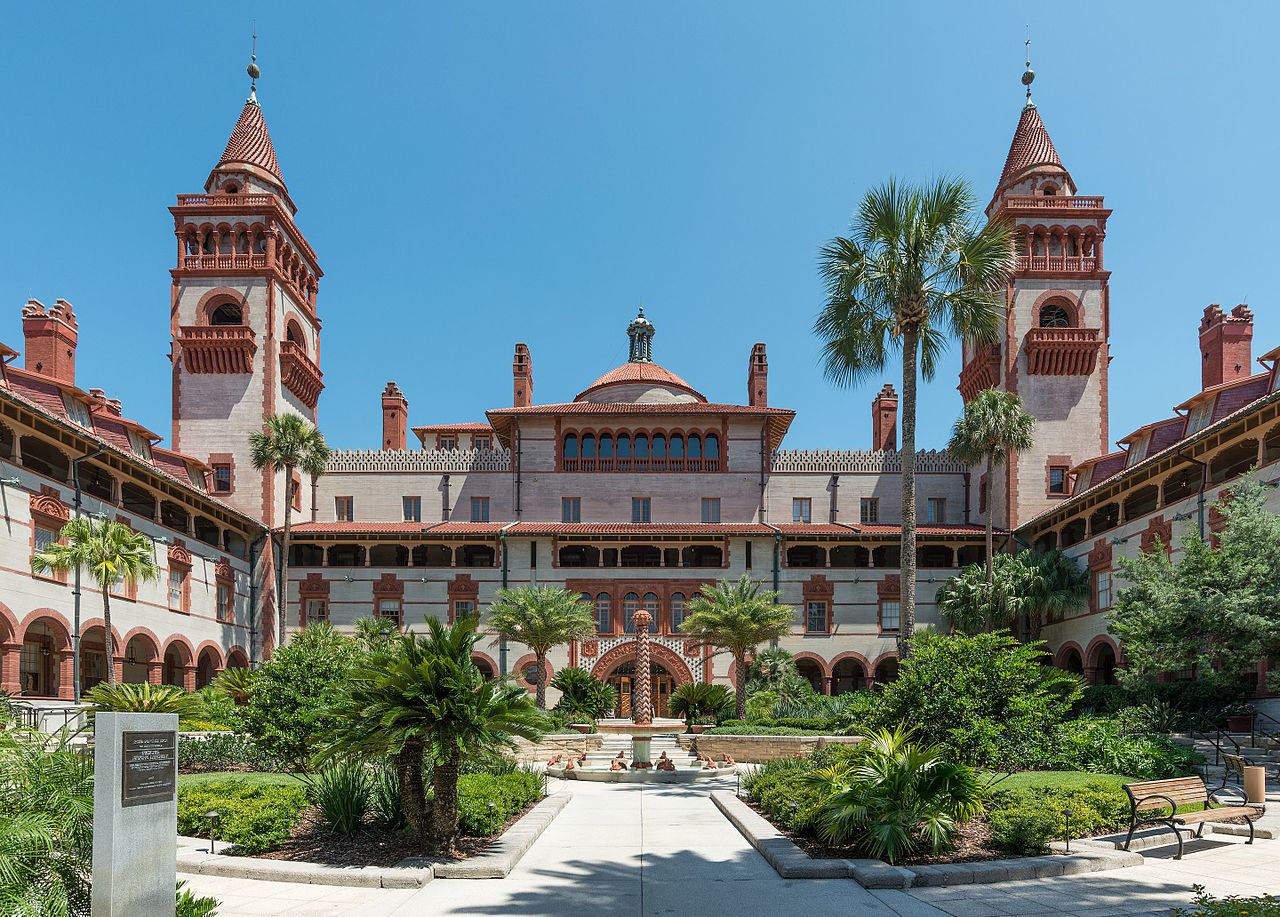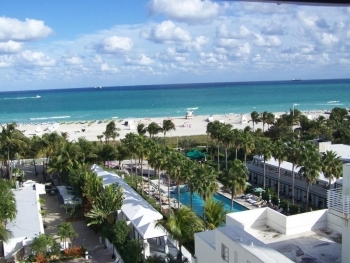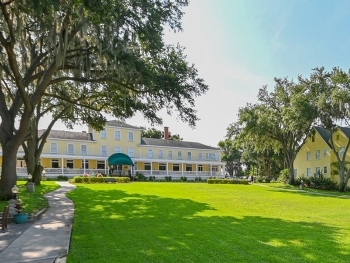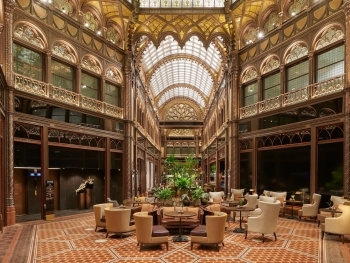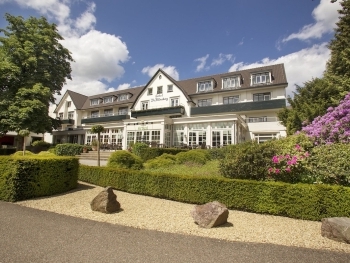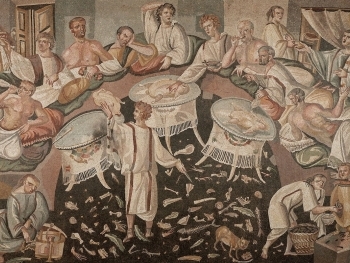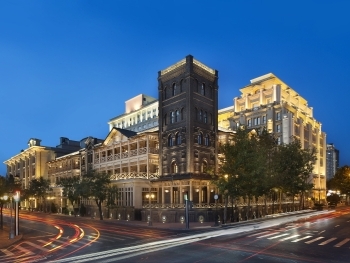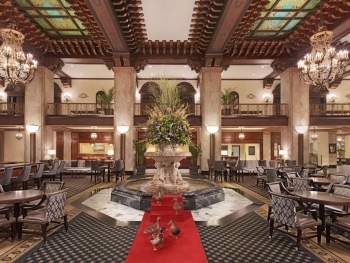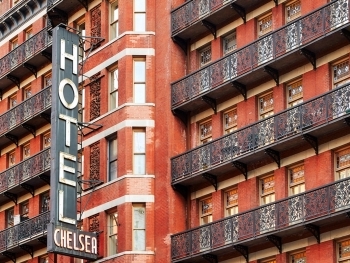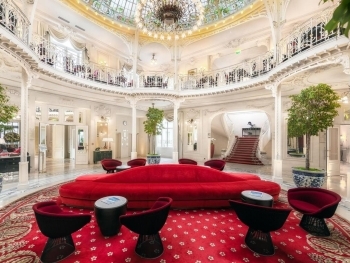The captivating tale of the Ponce de León Hotel in St. Augustine, Florida, unfolds as a testament to the grandeur and ambition of its founder, Henry Morrison Flagler. A titan of industry, co-founder of Standard Oil alongside John D. Rockefeller, Flagler was drawn to the enchanting shores of St. Augustine during a honeymoon excursion with his second wife in 1887. Captivated by the serene landscape and temperate climate, Flagler envisioned transforming this quaint seaside village into a premier destination for the elite seeking respite from the harsh northern winters.
Upon his visit, Flagler noted a dearth of luxury accommodations and real estate development in the area. Determined to fill this void, he embarked on an ambitious project to erect a lavish hotel that would rival the finest establishments of the era. Collaborating with notable figures such as hotel owner James A. McGuire, manager Osborn D. Seavey, local resident Dr. Andrew Anderson, and architect Franklin W. Smith, Flagler endeavored to create a masterpiece that would harmonize with St. Augustine's historic charm while meeting the demands of the modern traveler.
Seeking architectural expertise, Flagler enlisted the renowned firm McKim, Mead & White of New York, securing the services of talented architects John M. Carrere and Thomas Hastings. Together, they conceived a vision of opulence and sophistication, drawing inspiration from Spanish Renaissance aesthetics. The result was the majestic Ponce de León Hotel, unveiled to the world on January 10, 1888, nestled on a sprawling five-acre estate.
Guests arriving by the inaugural sleeper train were greeted with awe-inspiring grandeur as they beheld the imposing edifice of the Ponce de León. Its Spanish Renaissance façade exuded elegance, while the interior boasted modern amenities such as electric lighting, steam heating, and luxurious furnishings crafted from imported rosewood, walnut, and mahogany.
Central to the hotel's allure was its magnificent rotunda, adorned with intricate mosaics and towering oak columns. Here, guests reveled in the splendor of the dome, which depicted allegorical representations of the elements and figures evoking the spirit of exploration and discovery. The adjacent dining hall, resplendent with stained glass windows and elaborate ceiling art by Virgilio Tojetti, provided a sumptuous setting for epicurean delights and social gatherings.
In its early years, the Ponce de León reigned as the epitome of luxury, attracting a constellation of notable guests including political dignitaries, industrial magnates, and literary luminaries. Presidents Grover Cleveland, William McKinley, Theodore Roosevelt, Warren G. Harding, and Vice President Lyndon B. Johnson graced its halls, alongside literary icons such as Mark Twain, Ernest Hemingway, and Zora Neale Hurston.
Yet, beneath the veneer of opulence lay a complex social landscape marked by racial segregation and exclusion. While the hotel catered to the elite, its workforce comprised a diverse array of individuals, including white employees housed within the main complex and African American staff relegated to separate accommodations.
As the decades passed, the Ponce de León Hotel bore witness to the tide of history, evolving from a symbol of Gilded Age extravagance to a focal point of social and political change. In the 1960s, amidst the tumult of the civil rights movement, it became a battleground for equality, with activists staging protests against racial discrimination and segregation.
Ultimately, the legacy of the Ponce de León endures not only as a monument to architectural brilliance but also as a testament to the enduring struggle for justice and equality. Today, as the centerpiece of Flagler College and a designated National Historic Landmark, it stands as a living reminder of a bygone era, beckoning visitors to explore its storied halls and contemplate the rich tapestry of its past.
